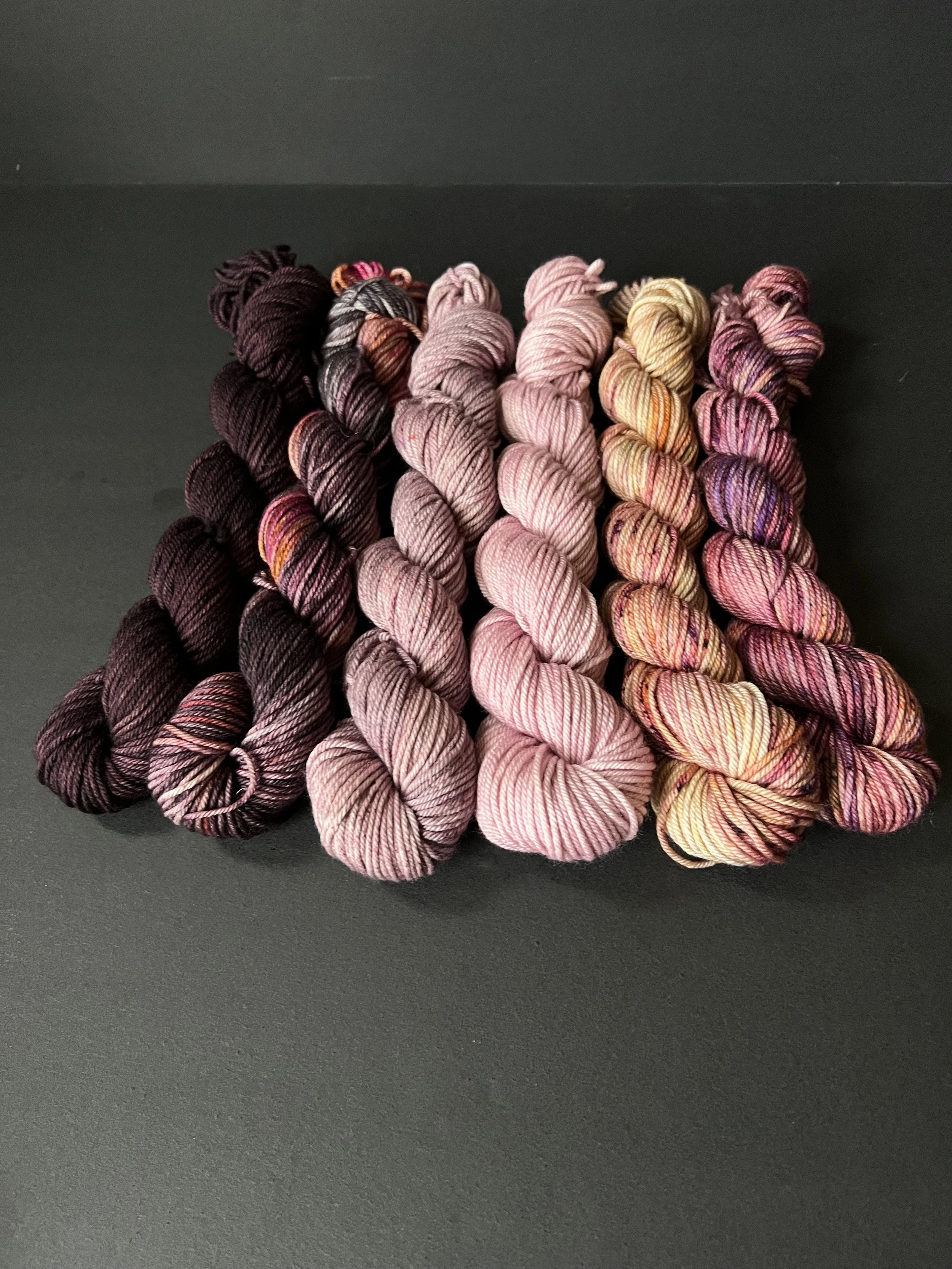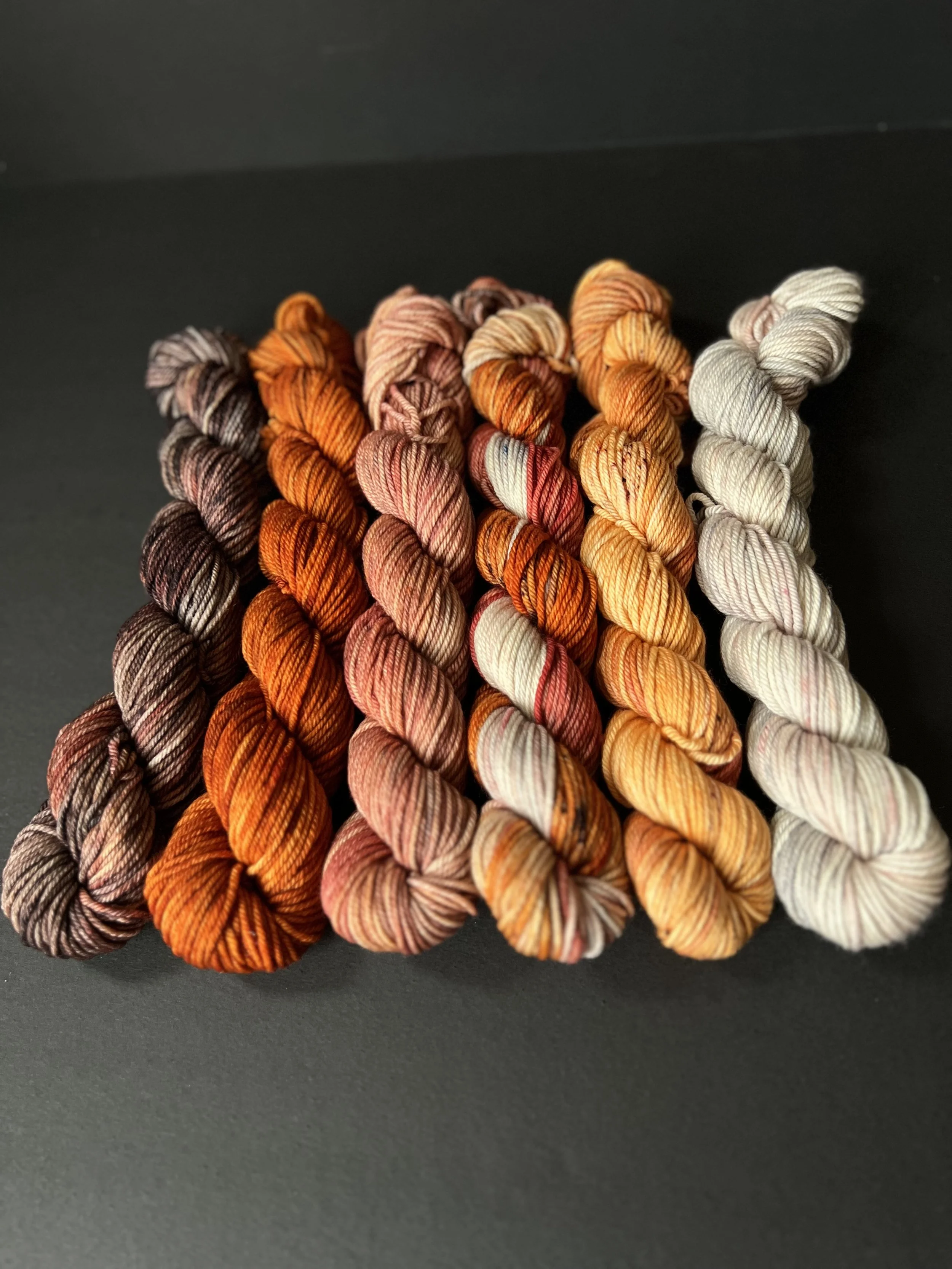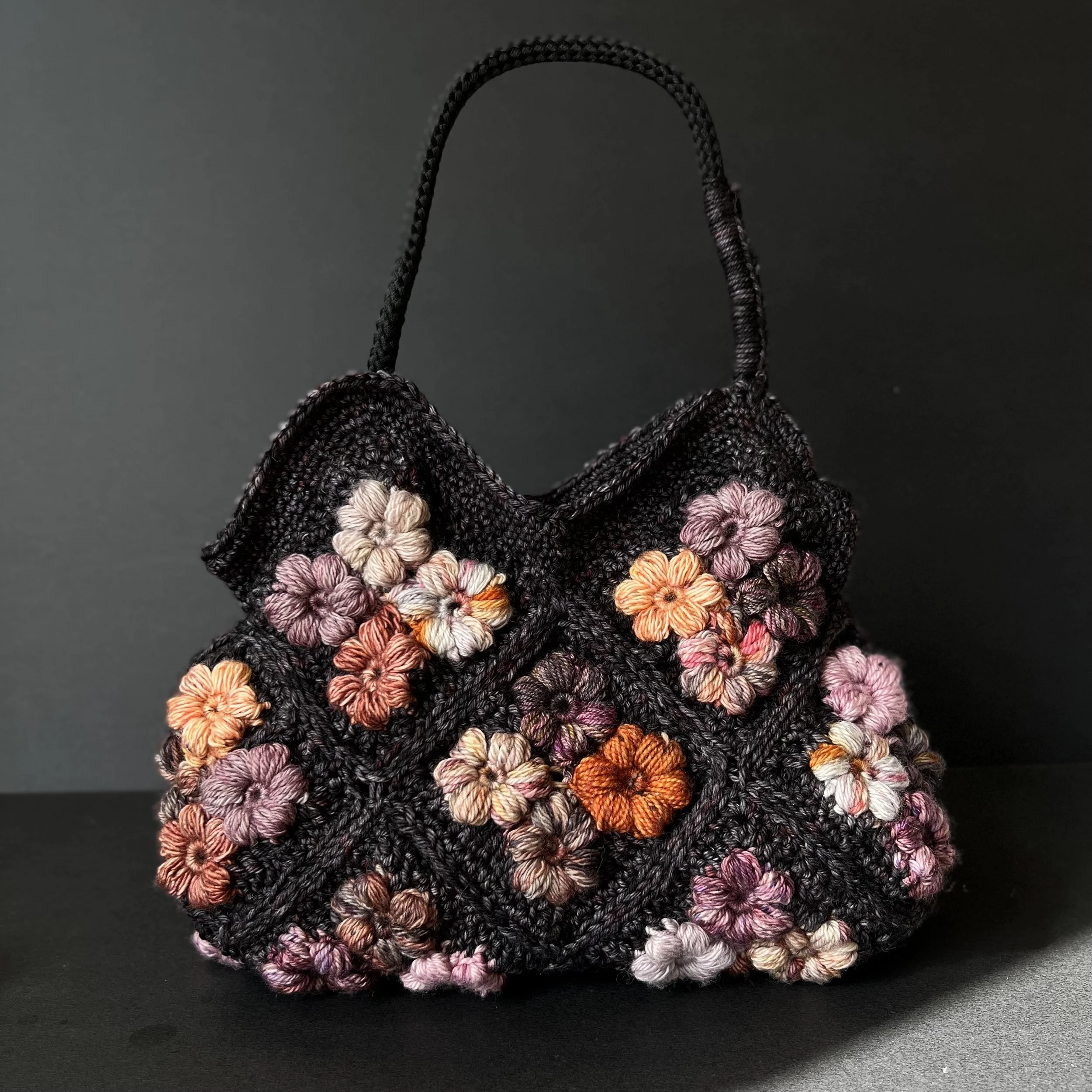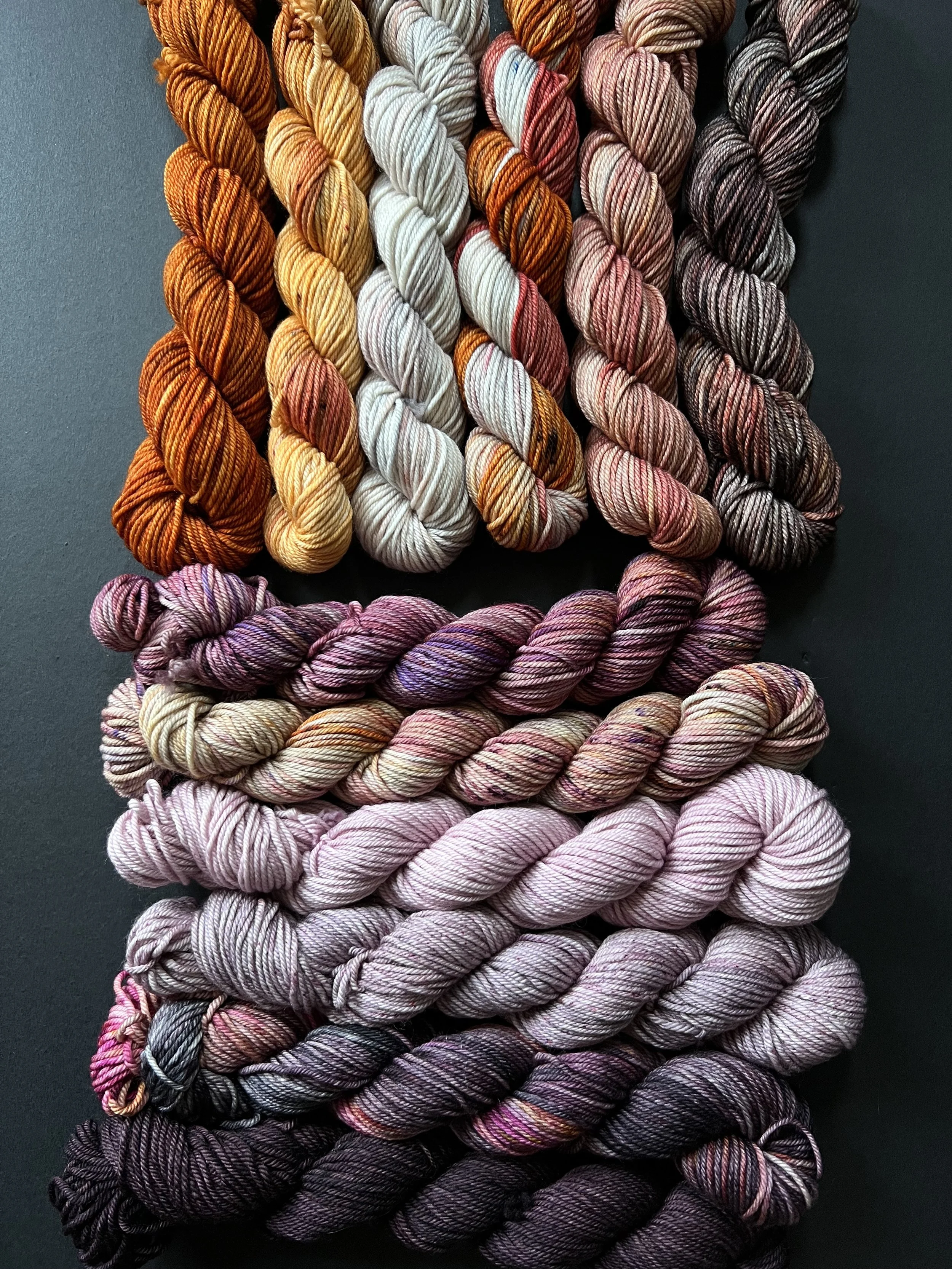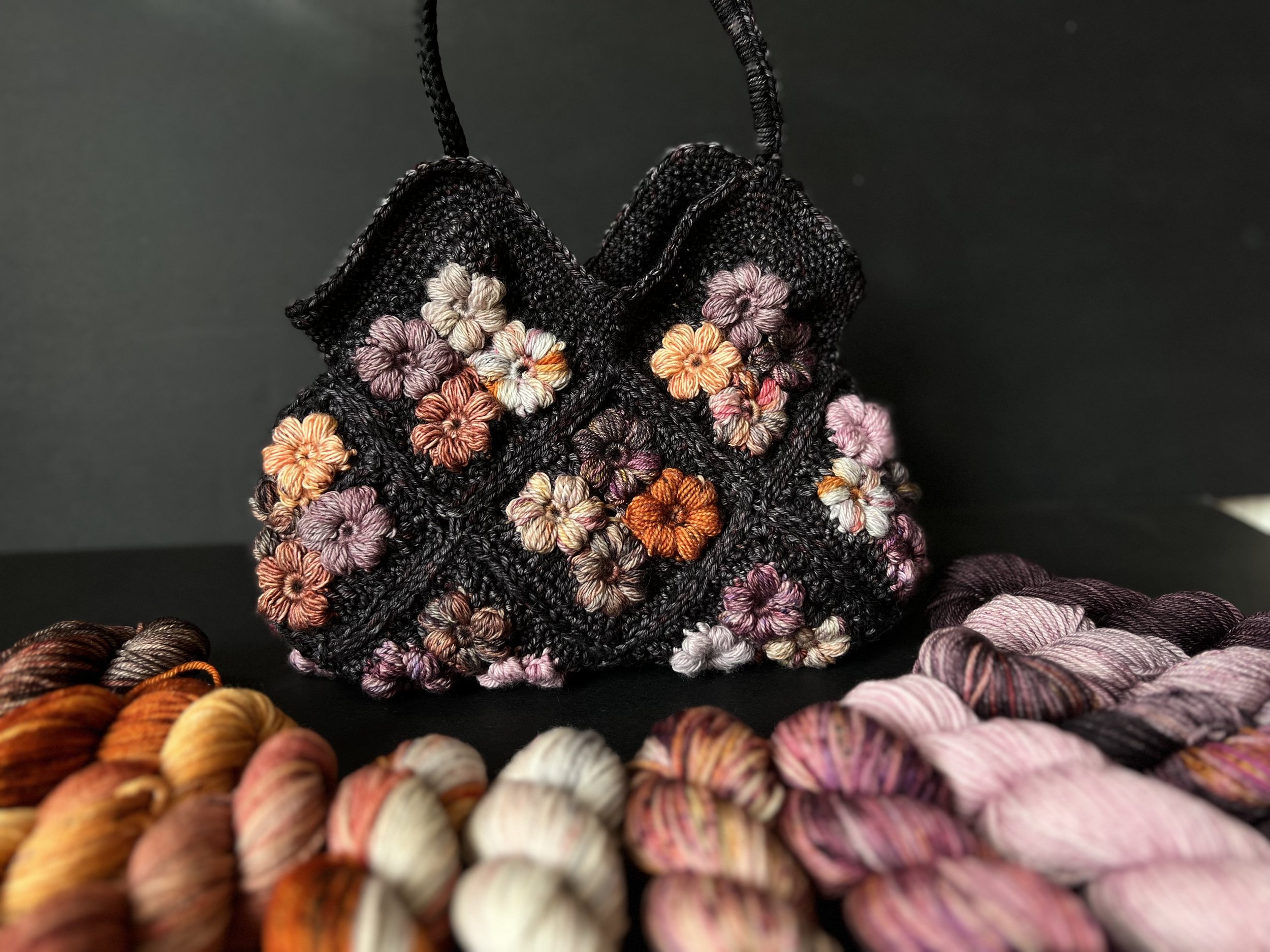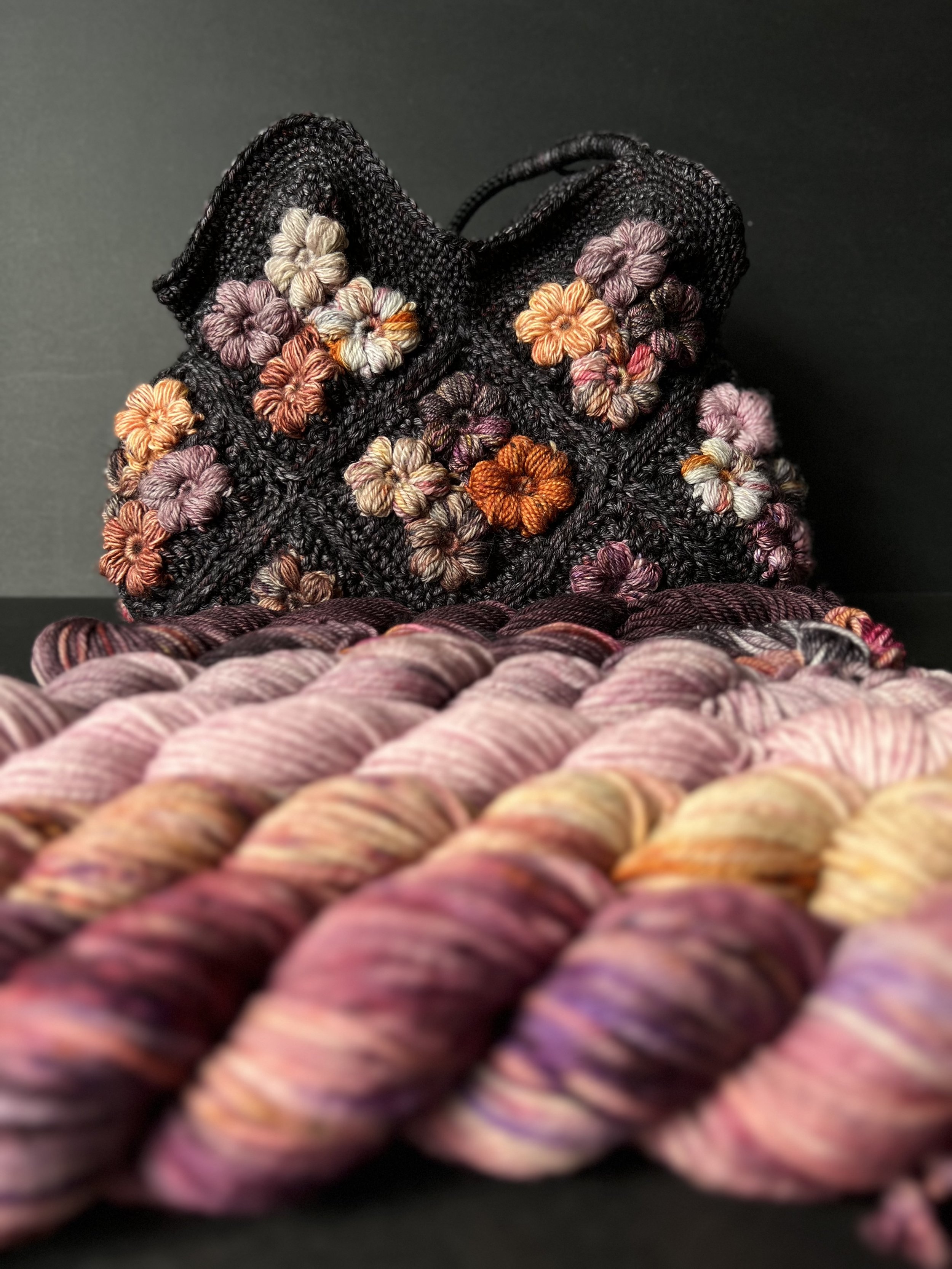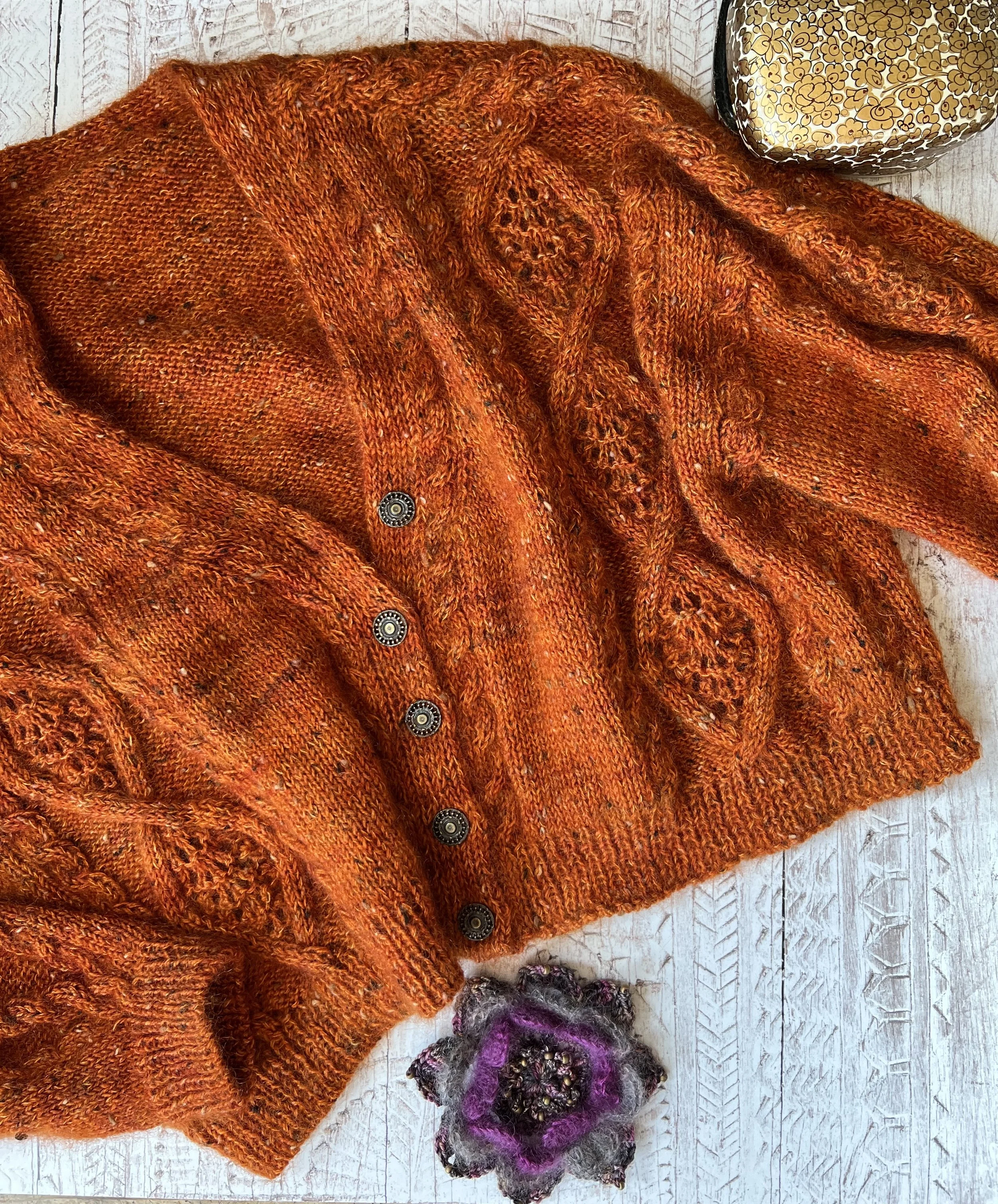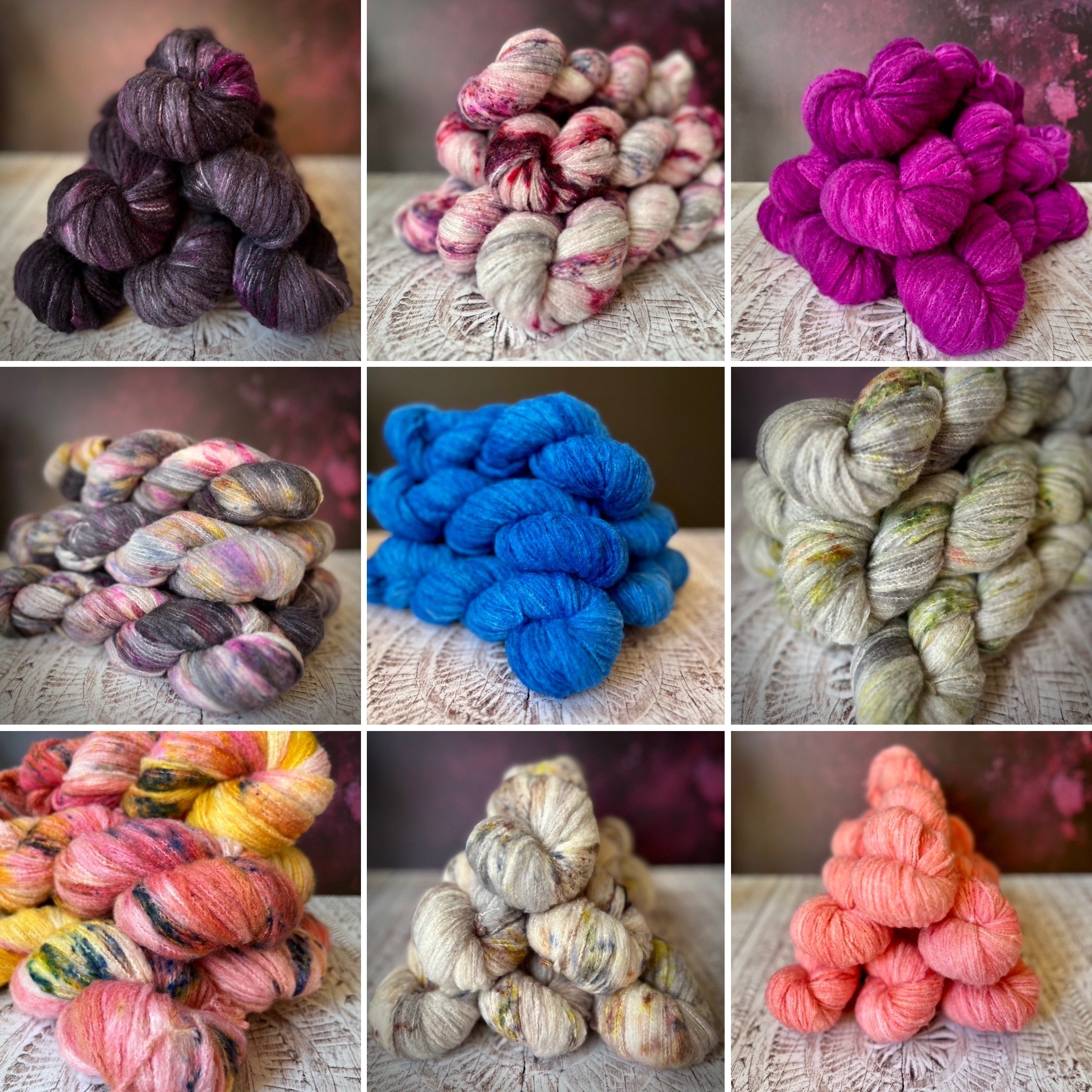🧷 Tips for accurate measurements
Use a soft, flexible tape measure (dressmaker’s tape).
Wear a lightly fitted, non-padded bra (or no bra) so your bust shape isn’t distorted.
Keep the tape parallel to the floor all around (front and back).
Under bust measurement
The 2nd key measurement you need
Don’t pull the tape measure too tight — it should be snug but not compressing your body.
Breathe naturally while measuring and avoid holding your breath.
It helps to do each measurement twice to check consistency.
Choosing the Right Sweater Size
At the recent Knit & Stitch show at Ally Pally, I had lots of questions about how to choose the right sweater size.
What really surprised me was how many people didn’t know their full bust measurement — and while that’s an important starting point, it’s not the only one that matters when picking your size from a pattern.
To get the best possible fit, especially through the shoulders (which are key to a well-fitting sweater), you’ll need three torso measurements:
Full bust circumference
Upper bust circumference (above the bust, under the armpits)
Bicep circumference
Used together, these 3 measurements will help you determine the best size for your body.
How to Choose Your Size
If both your full bust and bicep measurements fall in the same size bracket in the pattern or schematic — great! That’s your size.
If your full bust is smaller than your bicep measurement, choose the size that fits your bicep, but plan to make a full bust adjustment (FBA).
If your bicep measurement places you in a smaller size than your full bust, (ie your bust measurement is greater than your bicep measurement) check your upper bust measurement. If your upper bust is closer to your bicep measurement, go with that size and work a bust adjustment.
Knowing and using all three measurements will give you a much better fit — especially through the shoulders and arms — and help your sweaters look and feel as good as they should.





